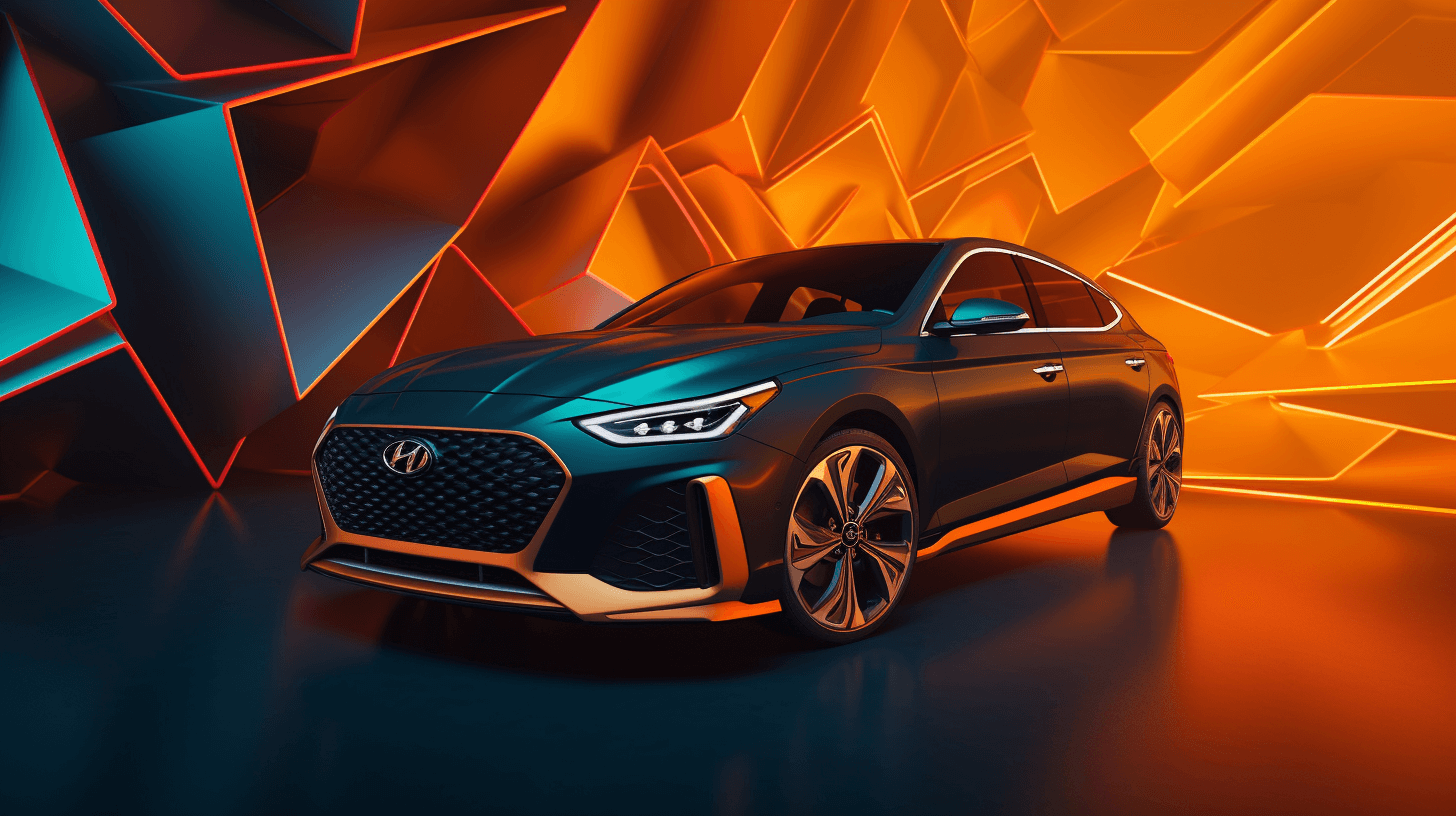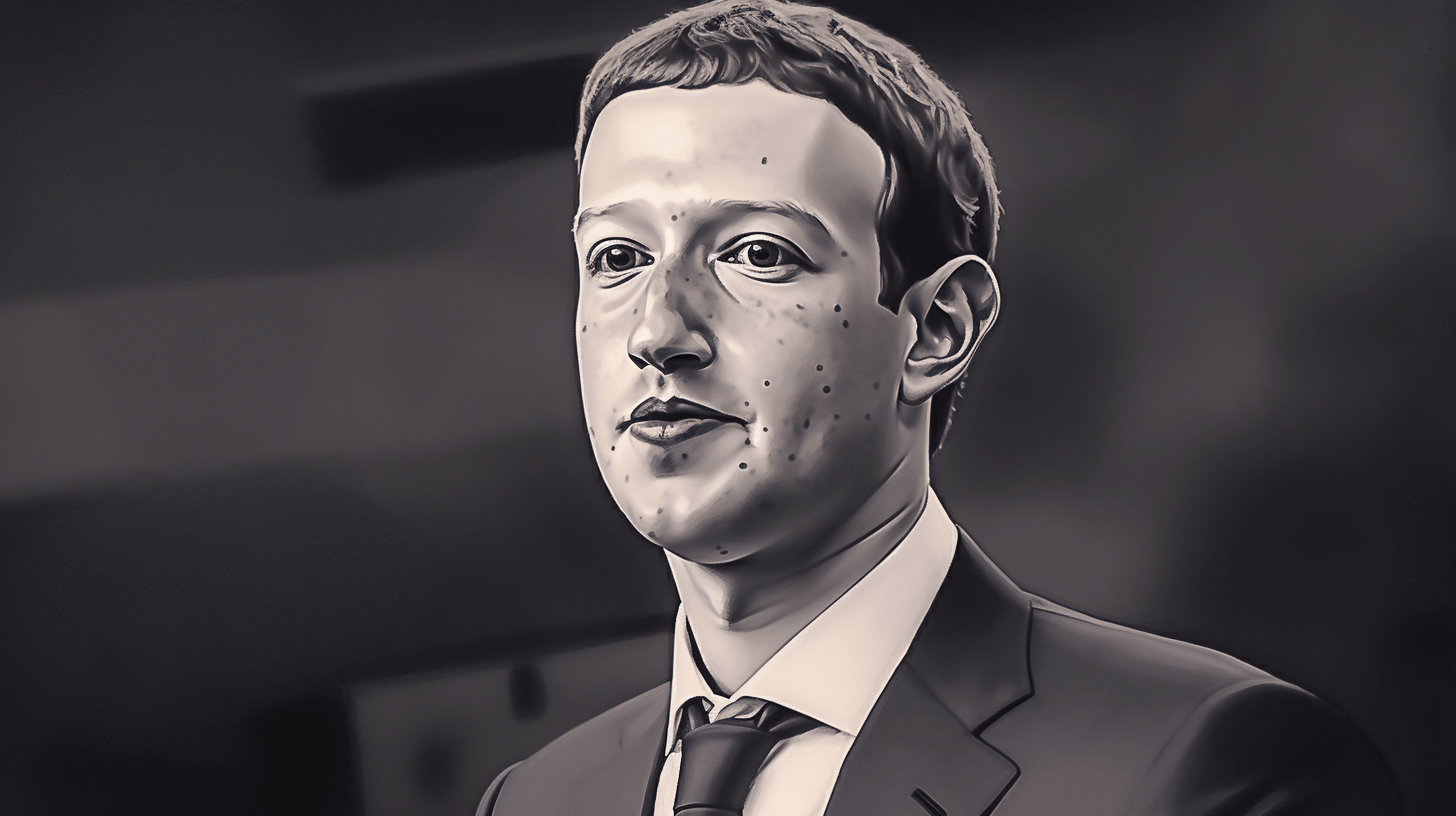🌴 Kaukau Kāpōloli: Da Fake Kine Grindz be Boom on Delivery Apps 🚀
Aloha braddahs an sistahs! Ho, you no can belive wat stay happenin’! Plenny virtual restarans stay poppin’ up on top our delivery apps like wild shaka! 😱 From Big Hot Dog Energy 🌭 to Pimp My Pasta 🍝, dese kine places get funny kine names and nice pictures, but no can sit down inside cuz dey no exist fo’ real. Trippy, yeah?
No mo’ signs, seats, or da kine cute walk-up window fo’ dis kine places 🙅🏽♂️, as sistah Jean Chick from Deloitte say. Dey only fo’ delivery an’ pick-up, some called “ghost kitchens,” stay operating out of trailers or warehouses, or even da kine alter egos for restarans dat already get one spot.👻
In da big kahuna New York City, one survey say mo’ den 1 in 5 restarans on Uber Eats be da kine virtual restarans. Dis kine trend stay happenin’ in all 12 cities dat NBC News wen’ look at. No can say how many get virtual restarans on da app fo’ shua, but da numbers stay going up, up, up! 🚀
Da main reason fo’ dis boom stay all ’bout da kala 💸. Rich, one owner of Spinners Pizza in Manhattan, get ova 60 virtual brands all ova Uber Eats, DoorDash, Grubhub, an’ more. He say da online businesses stay helpin’ him stay afloat. Cuz, you know, da rent, da workers, an’ da electric all stay costin’ big kine. ⚡
But, get plenny beef too, like Ryan Benson from Los Angeles, who wen’ get “catfished” by one sandwich. 🥪 He wen’ t’ink da place he wen’ order from stay one cool, hip joint, but wen’ find out was really jus’ Denny’s! 🤯 He say dis virtual restarans stay “stealing attention” from da real small kine local businesses. No fair, yeah? 😠
Mo’ bettah yet, some a dese virtual restarans no get their own kitchen or health ratings. 😷 Ho, how’s dat? No can trus’ ’em, eh? So plenny delivery platforms stay lookin’ fo’ ways fo’ work wit’ da virtual restarans, like DoorDash, who get brand quality guidelines now. Uber Eats stay tightenin’ up their requirements an’ helping restarans improve their listings too. 📝
Da big kahuna of virtual kitchens at Uber Eats, John Mullenholz, say, “Da space has been a wild Wild West.” 🤠 He like fo’ focus on quality ova quantity now. But, Rich from Spinners say if da new rules goin’ be too strict, might put him out of business. Sad, yeah? 😢
So wat you t’ink? Dese virtual restarans stay good or bad fo’ da people? Mo’ options stay good, but gotta watch out fo’ da catfish kine sandwiches! 🤔 No let da fake kine grindz fool you, cuz da ‘ono kine stay out dea! 🍽🌺
NOW IN ENGLISH
🍔 Virtual Eateries: The Surging Trend on Food Delivery Apps 🚀
Hey folks! You won’t believe what’s happening! A growing number of virtual restaurants are showing up on our food delivery apps like there’s no tomorrow! 😱 With catchy names like Big Hot Dog Energy 🌭 and Pimp My Pasta 🍝, these places have alluring photos and intriguing monikers, but you can’t dine in since they don’t physically exist. Bizarre, right?
These virtual establishments lack signs, seating, or charming walk-up windows, as pointed out by Jean Chick from Deloitte. They’re focused on delivery and pickup, operating as “ghost kitchens” out of trailers or warehouses or even as alter egos for existing restaurants.👻
In the Big Apple, New York City, a survey revealed that more than 1 in 5 restaurants on Uber Eats are virtual. This trend is consistent across all 12 cities examined by NBC News. The exact number of virtual restaurants on the app is uncertain, but the figures are definitely soaring! 🚀
The main driver behind this boom is money 💸. Rich, the owner of Spinners Pizza in Manhattan, runs over 60 virtual brands on Uber Eats, DoorDash, Grubhub, and more. He claims these online ventures help keep his business afloat, as rent, employee wages, and utilities are all significant expenses. ⚡
However, there’s some controversy as well, like Ryan Benson from Los Angeles, who felt “catfished” by a sandwich. 🥪 He initially thought the place he ordered from was a hip, trendy spot, but later discovered it was actually just Denny’s! 🤯 He argues that virtual restaurants are “stealing attention” from genuine small local businesses. Unfair, right? 😠
Moreover, some of these virtual restaurants don’t have their own kitchen or health ratings. 😷 This raises trust issues, doesn’t it? Consequently, many delivery platforms are exploring ways to work with virtual restaurants, such as DoorDash, which now has brand quality guidelines. Uber Eats is tightening its requirements and helping restaurants improve their listings as well. 📝
John Mullenholz, head of virtual kitchens at Uber Eats, described the situation as a “wild Wild West.” 🤠 He wants to shift the focus from quantity to quality. However, Rich from Spinners warns that if the new rules become too strict, it might put him out of business. Sad, right? 😢
So, what do you think? Are these virtual restaurants good or bad for consumers? More options can be great, but watch out for those deceptive dishes! 🤔 Don’t let the fake food fool you, as there are plenty of delicious choices out there! 🍽🌟






